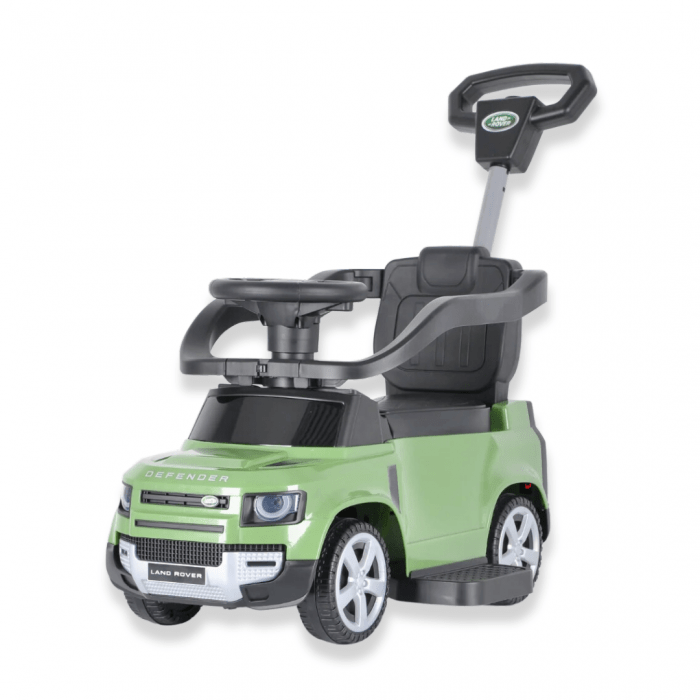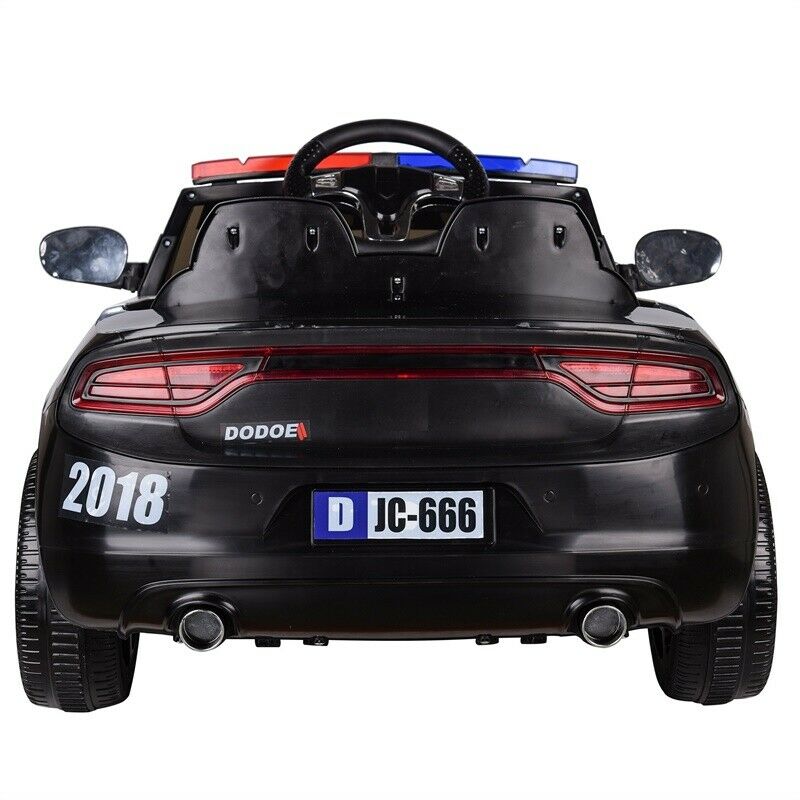Handy Suggestions For Picking Kids Cars
Handy Suggestions For Picking Kids Cars
Blog Article
What Do I Need To Be Aware Of About The Battery Life And Charging Time Of An Electric Children's Car?
Understanding the battery time and life of a car that is electric is essential to ensure that your child has an enjoyable and safe journey. What you need to understand the battery type
The majority of electric vehicles designed for kids use rechargeable batteries, which are typically lithium-ion or lead-acid batteries. Lithium-ion battery have a longer life span and faster charging times compared to lead acid batteries.
Battery Capacity
The battery's capacity, measured in ampere-hours (Ah) or watt-hours (Wh) will determine how long the ride-on automobile can operate on a single charge. High capacity batteries allow for longer playtime, without needing recharge.
Run Time -
The time of a car's runtime is the length of time that a vehicle can be operated continuously with one battery charge. This depends on a number of elements, including the motor, the battery along with the terrain and the weight or the rider.
The average run time of electric ride-ons ranges between 30 to 2 hours. Some battery packs with higher capacity can offer longer run times.
Charging Time
The charging time is the length of time it takes for the battery to fully charged after it has been depleted. The charging time may differ according to battery capacity or the specifications of the charger.
In general, the charging times for electric vehicles range from 8 to 12 hours for a full charge. Certain models can charge faster, especially those that use lithium-ion batteries.
Follow the charging guidelines provided by the manufacturer to ensure safety of the battery and longevity. Incorrect charging or overcharging of the batteries can result in a negative impact on their performance and lifespan.
Charging Method Charging Method
Chargers for electric ride-ons are usually plugged into the standard outlets in your home. Some models include fast-charging capability or smart charging systems which monitors the state of charge and adjusts charging rate in line with the state of charge.
Check that the charger connectors and port are compatible with the charger that comes with the ride-on vehicle in order to avoid damage to the battery or electrical system.
Additional Batteries -
Some electric ride-on cars offer the option of purchasing additional batteries or extra batteries to extend play time. If you have additional batteries, you could easily swap out the ones that are depleted for fully-charged ones to reduce the time between repairs.
When you know the charging times and battery life of your electric kids' car and your child can have endless playtime and adventures. Following proper charging methods and charging the battery regularly will maximize battery life. Follow the recommended Lamborghini ride on car for site examples including kids electric cars, childs car toy, car toy toy, toy ride, toy the car, car on ride, childrens ride on, childrens digger, electric two seater cars, car toy toy and more. . 
What Models For Kids Can Be Used Both Indoors And Out?
Outdoors or indoors, children car models are made to function in a variety of circumstances and in different environments. These are the main distinctions between these models: Indoor Use Cars
Dimensions and weight- Cars made for indoor use will have a smaller dimensions and weigh less and therefore easier to maneuver in small spaces. This includes playrooms and living spaces. They're small enough to fit in narrow spaces and corners and to avoid damaging walls or furniture.
Low Ground Clearance for Indoor Use cars have low ground clearance, which prevents them from getting stuck or snagged on obstacles such as rugs, carpets, or thresholds. This permits smooth, unhindered motion on indoor surfaces.
Smooth Wheels - The wheels of indoor-use cars are often composed of smooth materials such as plastic or rubber to offer traction and grip on smooth surfaces such as hardwood floors, laminate flooring, or tiles. They are made to block out noise and avoid scratching indoor surfaces.
Limited Speed - Vehicles in indoor environments are typically restricted to a lower speed in order to keep control and safety. This can prevent accidents or collisions that may occur with furniture, wall or any other obstacle located inside.
Outdoor Use Cars -
Durable Construction- Cars that are designed for outdoor usage are built with robust materials. They can be constructed of strong metal or plastic to withstand elements of the outdoors like sunlight, moisture, temperature fluctuations, and rough handling. They are built to withstand the harsh conditions of outdoor usage.
Greater Ground Clearance: Outdoor use vehicles have a higher level of ground clearance to navigate uneven terrain or bumps encountered when driving outdoors. This allows the car to traverse rough terrain without damage or a snag.
Traction Tires -- The tires used on cars that are used outdoors often include treads or patterns that are designed to increase grip and traction when driving on roads which are slippery or uneven. This allows for better control and stability when driving on uneven terrain.
Weather-resistant components - Cars for outdoor use may include weather-resistant components like electronic components that are sealed and waterproof casings, as well as corrosion-resistant materials. These features protect the car from moisture and environmental damage. They are able to endure the elements of rain, mud or puddles, without compromising performance.
High Speed - Outdoor use cars typically have faster maximum speeds to allow for open spaces and longer distances that are often encountered in outdoor environments. This provides a more exhilarating and adventurous ride for children who want to explore the outdoors.
Be aware of these features and traits when choosing a model to drive your child's car. It is designed to the specific environment and use that you envision whether indoors, outdoors or both. You will be able to ensure a long-lasting, fun and safe playing experience. Have a look at the top read this for McLaren kids car for website examples including toy ride, childrens electric ride on, remote control childrens electric cars, toy cars, toy cars, 2 seater electric cars, ride on toy, toy and car, electric ride on, childs ride on car and more. . 
What Remote Control Options Are There For Kids' Cars? What Are The Advantages And Disadvantages Of These Vehicles?
Remote control cars for kids are also referred to as remote controlled cars or RCs. They are available in a range of styles, price points, and sizes to suit every budget and preference. Pros and cons, along with the dimensions, types, prices of remote-controlled children's vehicles are listed below.
Electric RC Cars – These are battery-powered, remote-controlled vehicles that can be operated outdoors and indoors. They are available in various designs, including buggies and trucks.
Nitro RC Cars – Gas-powered remote controlled cars with more power and performance, but greater maintenance and knowledge is required for operation. Electric RC cars are smaller and are less costly.
Scale models are a replica of real-world vehicles such as cars and trucks. They are also controlled remotely. The sizes of scale models range from 1-10 to 1--24. The larger models provide greater detail and more realism.
Sizes -
Remote-controlled cars for children come in various sizes. These range from small micro-sized copies to large-scale copies. The size of the car could influence the performance, speed, and handling characteristics.
Micro-sized vehicles are small and light, which makes them ideal for indoor usage and for children who are younger. The larger cars have more power and durability and are suitable for off-road and racing in the outdoors. driving.
Prices
Prices for remote-controlled children's vehicles depend on the factors that determine them, such as the size, features and model.
Micro-sized electric cars are available for purchase at prices of $20 to $100, and larger electronic and nitro-powered models can cost between $100 and $500 or more.
Models and high-end hobby RC cars range from a few hundred dollars to over 1000 dollars, based on the level of detail.
Pros and Cons -
Pros -
Entertainment - Children's remote controlled cars can provide hours of fun and entertainment for children and adults alike.
Skills Development: Operating an RC vehicle assists in developing hand-eye coordination, spatial awareness and problem solving skills.
Social Interaction. The RC car encourages social interaction and be enjoyed by family and friends. relatives.
Customization - A lot of RC automobiles can be modified with aftermarket parts, upgrades, and other accessories to improve the performance and look.
Cons
Costs - Remote controlled cars for children, especially ones with top-of-the-line features and model that are hobby-grade can be quite expensive.
Learning Curve: Operating a RC Car is a process that requires practice and ability young children may struggle at first.
Maintenance - Vehicles with RC engines need regular maintenance. This includes cleaning, lubrication as also periodic repairs and replacement of parts.
Safety Concerns - RC automobiles can pose safety risks, including accidents, falls, as well as electrical dangers, if not utilized in a responsible manner and with adult supervision.
In general, remote-control children's vehicles provide a thrilling and educational experience for children of all ages. But, when selecting the right model for your child it is important to be aware of factors such as price dimensions, size, features, and security. These RCs are suitable for more advanced kids and those who love to drive and simpler models can be a good fit for youngsters and children who are just beginning to learn. Have a look at the top electric kids cars kidscars.co.uk news for more tips including ride of car, kids electric cars, toy and car, kids electric cars, kids electric cars, electric rideons, car for toy, toy and car, toy and car, electric two seater cars and more. .